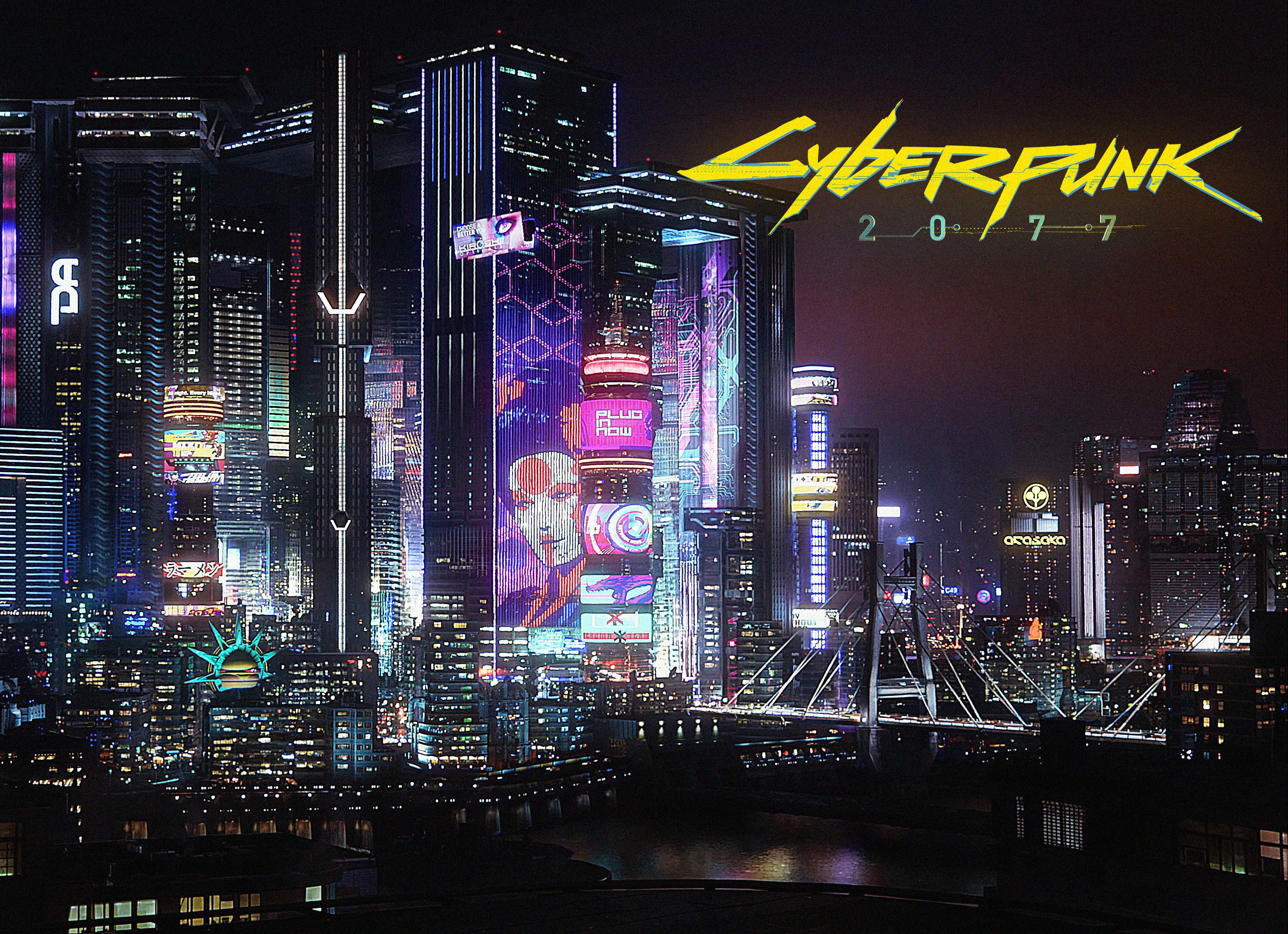Divinity: Original Sin Score: CRPG Revival
The role-playing game (RPG) genre has seen countless iterations over the decades, from the early days of tabletop adventures to the sprawling open worlds of modern gaming. Yet, few games have managed to capture the essence of classic computer role-playing games (CRPGs) while simultaneously pushing the genre forward like Divinity: Original Sin (2014). Developed by Larian Studios, this game not only revitalized interest in turn-based, party-driven RPGs but also set a new benchmark for interactive storytelling, tactical combat, and player freedom.
The Legacy of CRPGs
To understand the significance of Divinity: Original Sin, one must first look back at the golden age of CRPGs. Games like Baldur’s Gate, Planescape: Torment, and Fallout established deep narratives, complex character systems, and a sense of player agency that few modern titles could replicate. However, as the gaming industry shifted toward action-oriented experiences, the classic CRPG formula faded into obscurity. By the early 2010s, the genre was largely considered niche—until Larian Studios reignited the flame.
A Bold Return to Form
Divinity: Original Sin was a Kickstarter success, proving that there was still a passionate audience for traditional CRPG mechanics. Unlike many modern RPGs that streamlined mechanics for accessibility, Larian doubled down on complexity. The game featured:
- Turn-Based Combat: A tactical, grid-based system where positioning, elemental interactions, and environmental effects played crucial roles.
- Cooperative Play: Allowing two players to control separate protagonists, each with their own agency, leading to dynamic in-game disagreements.
- Deep Dialogue and Choice: NPCs reacted to player decisions, and quests often had multiple solutions.
- A Living World: Objects could be manipulated, puzzles required creative thinking, and the world felt reactive rather than static.
This commitment to depth was risky in an era dominated by fast-paced action RPGs, but it paid off. Critics and players alike praised Divinity: Original Sin for its faithfulness to old-school design while innovating in meaningful ways.
The Evolution of the Series
The success of the first game led to Divinity: Original Sin II (2017), which refined and expanded upon its predecessor in nearly every way. With improved writing, more intricate combat mechanics, and an even greater emphasis on player freedom, the sequel became one of the highest-rated RPGs of all time.
Key improvements included:
- Origin Characters: Pre-written protagonists with unique backstories, adding depth to role-playing.
- Enhanced Environmental Interactions: Fire spread realistically, water conducted electricity, and oil barrels could be used strategically.
- Full Voice Acting: A rarity in CRPGs, making the world feel more immersive.
- DM Mode: A tabletop-inspired toolset for player-created adventures.
These innovations cemented Larian’s reputation as the torchbearers of the CRPG revival.
Impact on the Genre
The success of Divinity: Original Sin had a ripple effect across the industry. It demonstrated that there was still a market for deep, tactical RPGs, inspiring other developers to revisit classic formulas. Games like Pillars of Eternity, Wasteland 3, and Pathfinder: Kingmaker followed suit, proving that the CRPG renaissance was in full swing.

Moreover, Larian’s approach influenced even non-CRPG titles. The studio’s emphasis on emergent gameplay—where systems interact dynamically rather than following scripted sequences—has been adopted by open-world games like The Legend of Zelda: Breath of the Wild.
The Future of CRPGs
With Baldur’s Gate III (2023), Larian Studios took everything they learned from Divinity and applied it to one of the most iconic RPG franchises of all time. The result was a masterpiece that blended modern production values with old-school depth, further solidifying the CRPG’s place in contemporary gaming.
Divinity: Original Sin didn’t just revive a genre—it redefined what a CRPG could be. By honoring the past while embracing innovation, Larian Studios proved that deep, strategic, and narrative-rich RPGs still have a vital role in gaming’s future.
For fans of the genre, the message is clear: the CRPG is not just alive—it’s thriving.














